This article will explain you the history and symbolism of the USSR flag.
The Flag of the Soviet Union
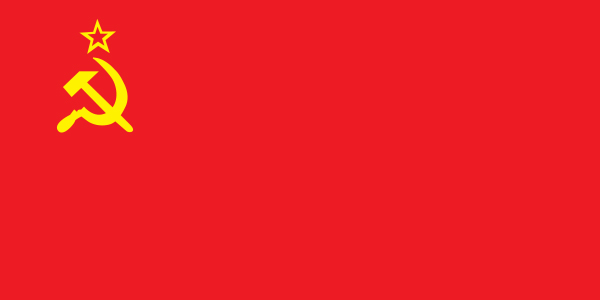
The official flag of the Union of Soviet Socialist Republics remained in use from 1924 to 1991. It consisted of a hammer-and-sickle emblem (☭) and a golden star against a plain red backdrop. The USSR flag soon became the symbol of international communism and inspired a number of other national flags. As such, it continues to be controversial. In fact, it is even openly banned in some countries to this day.
History of the Soviet National Flag
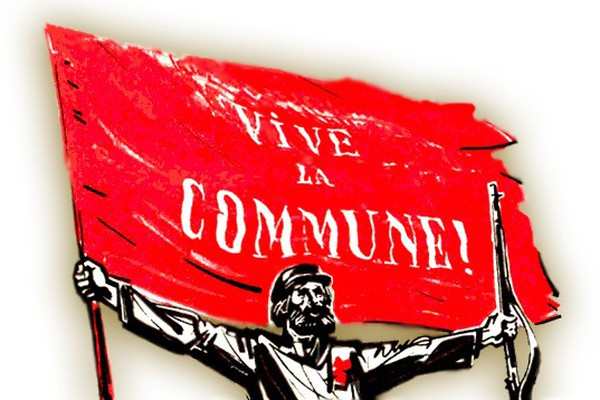
The plain red flag has been used as a symbol of rebellion and revolution for a long time. It appeared throughout the long nineteenth century. It featured prominently during the French Revolution, the 1848 revolutions and the Paris Commune of 1871. After their successful overthrow of Tsar Nicholas II in 1917, the Bolsheviks adopted the red flag as well. Initially, the flag consisted of the coat of arms of the Party and the State, with the words “Russian Socialist Federative Soviet Republic” inscribed in gold. This flag was in official use for only four months in 1923.
The Lenin-era flag was later simplified. Moscow approved the new form in January, 1924. The flag design was officially legislated in 1955. Few changes were made afterwards. It was the most prominent insignia of the first and largest socialist country in history. Therefore, the Soviet Union flag has served as the role model for countless Communist parties, Socialist nations, movements, and coalitions. These include the flags of all the Soviet republics and countries of Angola, China, North Korea and Vietnam. The standard has become virtually synonymous with Communism itself.
Symbolism and Meaning
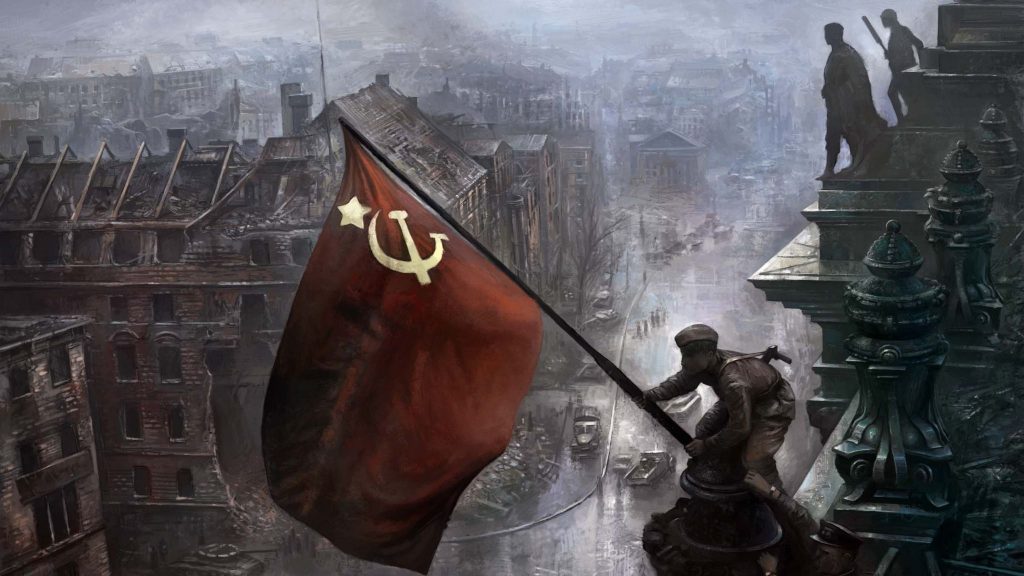
As we have already seen, the red background of the USSR flag denotes ‘revolution’ in general. The ‘hammer and sickle’, however, is an emblem unique to Bolshevik Communism. It is a pictorial representation of the Marxist motto: “Workers of the world, unite!”. The hammer signifies the urban proletariat, while the sickle represents agricultural labourers. The five-pointed star stands for the unity of workers from all the five continents. It is also a symbol of the Communist Party and its messianic message.
Status Today
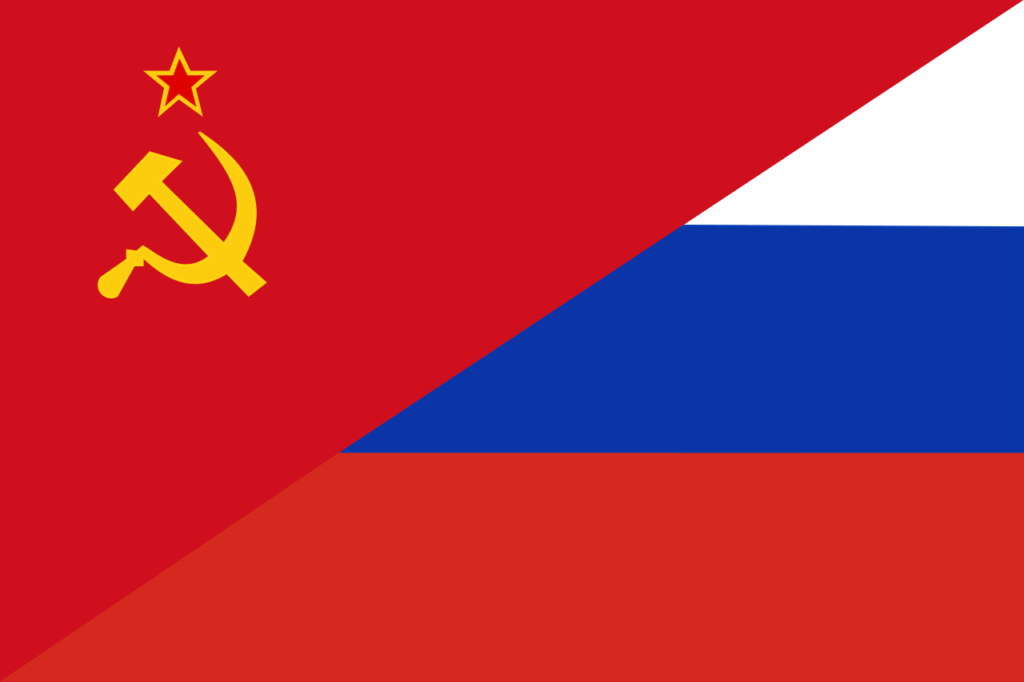
The flag and its symbols are incredibly prominent and greatly respected in Communist circles. Almost every Communist and far-left Socialist party today includes a hammer-and-sickle and/or star sign in its official flag. This close association also means that dozens of countries have restricted the public display of the flag in question. Notably, Ukraine banned all icons connected with its Soviet legacy in 2015. Indonesian authorities are also known for the stringent enforcement of a decades-old ban on Communist symbolism in the country. They even arrested a foreign tourist for displaying the Soviet flag as recently as 2017.
If you want to see photos from the USSR – click here
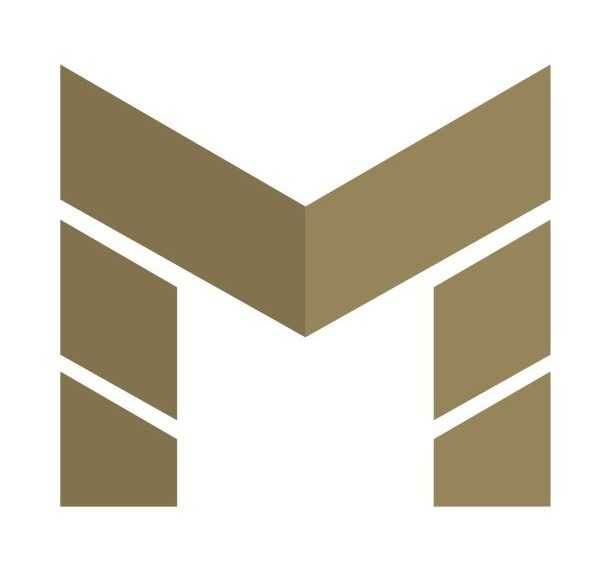




Leave a reply